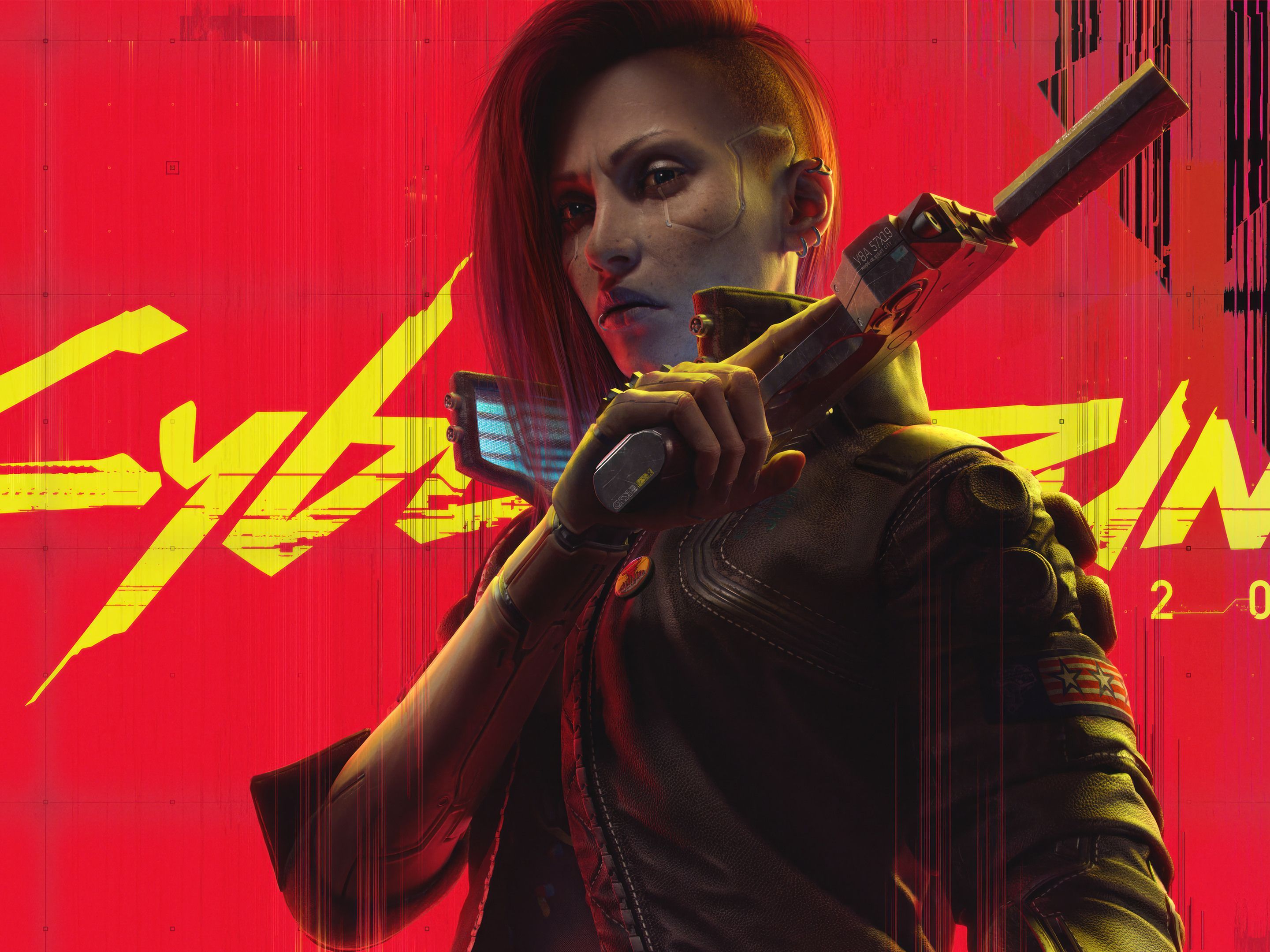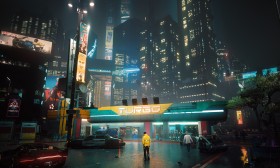AAA Game-Based Fighting Music Games: Fighting Music
Introduction
The world of video games has evolved dramatically over the years, blending various genres to create immersive experiences. Among these, fighting games have always held a special place, offering intense one-on-one combat with deep mechanics. Meanwhile, rhythm and music games challenge players to synchronize their actions with beats and melodies. But what happens when these two genres collide? Enter AAA game-based fighting music games, a niche yet thrilling hybrid that combines the adrenaline of combat with the precision of rhythm gameplay.
This article explores the concept of fighting music games, their potential in the AAA gaming space, and how they could revolutionize both genres.
The Fusion of Fighting and Music
Fighting games like Street Fighter, Tekken, and Mortal Kombat rely on precise inputs, timing, and reflexes—qualities that also define rhythm games like Guitar Hero, Dance Dance Revolution, and Beat Saber. Merging these elements could create a unique experience where every punch, kick, and combo is tied to musical beats.
How Would It Work?
- Rhythm-Based Combat Mechanics – Instead of traditional button mashing, players must execute moves in sync with the music. A perfectly timed attack could deal more damage, while mistimed inputs weaken the player’s offense.
- Dynamic Soundtrack Integration – The game’s soundtrack would react to gameplay. Landing combos could trigger musical flourishes, while taking damage might distort the track temporarily.
- Music as a Fighting Style – Different fighters could be themed around genres (e.g., a rock-themed brawler vs. an electronic dance music fighter), each with unique rhythm-based special moves.
Potential AAA Examples
While no major AAA fighting music game exists yet, several titles have experimented with similar concepts:

1. Crypt of the NecroDancer & Cadence of Hyrule
These indie games blend dungeon crawling with rhythm mechanics, proving that action and music can coexist seamlessly. A AAA fighting version could take this further with high-budget animations and licensed soundtracks.
2. Thumper
A rhythm-racing game with intense, fast-paced beats. Translating this into a fighting game could mean boss battles where each attack must be countered on-beat.
3. Hi-Fi Rush
This recent action game by Tango Gameworks synchronizes combat to music, showing how AAA studios can integrate rhythm mechanics into combat-heavy gameplay.
Why AAA Studios Should Explore This Genre
- Fresh Gameplay Innovation – The gaming industry thrives on innovation, and a AAA fighting music game could attract both fighting game enthusiasts and rhythm game fans.
- Cross-Genre Appeal – By blending two popular genres, developers could tap into multiple audiences, increasing sales potential.
- Esports & Competitive Play – Fighting games are already esports staples. Adding rhythm mechanics could create a new competitive scene where timing and musical precision determine victory.
- Licensed Music & Collaborations – Imagine fighting to tracks from famous artists, with DLC fighters based on musicians (e.g., a Daft Punk-inspired combatant).
Challenges & Considerations
While the idea is exciting, there are hurdles:
- Balancing Complexity – Fighting games require deep mechanics, and adding rhythm elements could make them too difficult for casual players.
- Music Licensing Costs – AAA games with licensed tracks can be expensive to produce.
- Player Accessibility – Not all fighting game fans enjoy rhythm mechanics, and vice versa. The game would need a smooth learning curve.
Conclusion
A AAA fighting music game has the potential to be a groundbreaking title, merging the best of both worlds into a fast-paced, rhythm-driven combat experience. With the right execution, it could become the next big trend in gaming, offering something truly unique for players.
Would you play a game where every punch lands on the beat? The future of fighting games might just be musical.
Word Count: ~600
(Note: This is an original article. If you'd like a longer version with more examples or deeper analysis, let me know!)
















